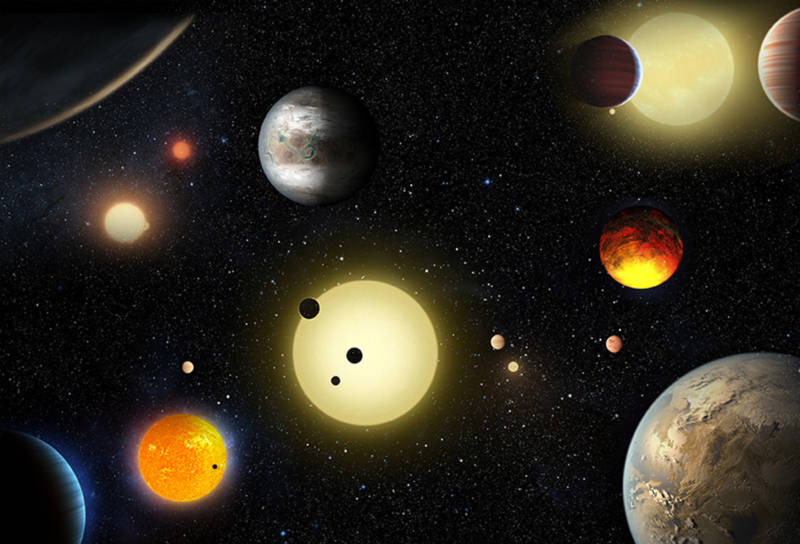NASA announced Tuesday the discovery of an unprecedented number of planets beyond our solar system — astronomers have confirmed the existence of 1,284 new worlds orbiting distant stars.
These planets beyond our solar system – exoplanets — were discovered with the help of NASA’s Kepler Space Telescope, which launched in 2009.
“When NASA decided to build and launch the Kepler Space Telescope, we did not know if exoplanets — especially small, rocky exoplanets — were common or rare in the galaxy,” says Paul Hertz, director of the Astrophysics Division at NASA Headquarters. “We now know that exoplanets are common, that most stars in our galaxy have planetary systems, and that a reasonable fraction of the stars in our galaxy have potentially habitable planets.”
Kepler was designed to search for planets by staring for years at over 100,000 stars. Whenever a planet passed in front of a star and blocked some of its light, Kepler would see a telltale dimming of the starlight.
But to make sure that dimming really was caused by a planet, scientists would have to do follow-up observations with other telescopes.

9(MDAxOTAwOTE4MDEyMTkxMDAzNjczZDljZA004))